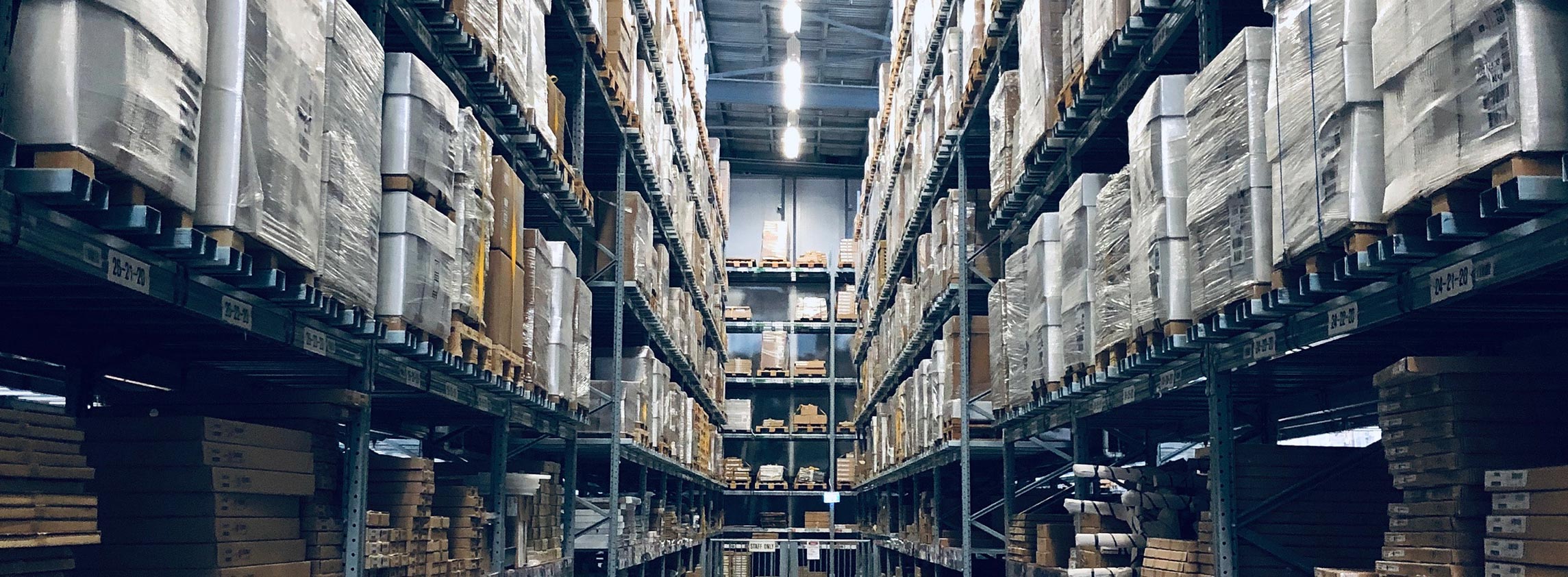Yields are static, but trending downwards
What a difference a year makes in terms of yield movement expectations. May 2020 saw eight upwards arrows of the 14 sectors. In May 2021, there are now only downward trends. The average prime yield is 5.18%, slightly below the 5.21% recorded in May 2020.
The distribution warehouse sector was the only sector to see yields move lower last month and they are now in line with the West End offices. This is the first time that this has been recorded; it was only eight years ago when warehouse yields were 275 basis points higher. However, one of the other more interesting trends is the downward trend expectation on the provincial office sector and stable yields in South East (M25) offices. A positive for the office market has been the commitment of larger corporates to acquire new office space, particularly in the South East. As a strong end to the quarter, Amazon and InterContinental Hotels Group are reported to have signed for a significant amount of space in Reading and Windsor, respectively.
The yield spread between prime and average quality UK commercial property continued to narrow and is currently 84 basis points. All eyes, within the global investment community, are on the inflationary pressures. Although the US Federal Reserve say these are “largely reflecting transitory factors”.
What is a key driver of demand for office floorspace in the UK?
Occupational demand from corporates for commercial property has become the focus for investors to understand which sectors are going to drive the income.
The strength and direction of the post-pandemic/post-Brexit UK economy is, of course, a key concern and also an opportunity for commercial property landlords. The market has been awash with commentary and views of the likely structural changes and shifts in patterns of working, playing, shopping and living. All of which refocuses attention on which commercial sectors are worth targeting.
Looking for metrics of the health of occupational office demand is relatively straightforward, if we consider recent take-up trends and occupier requirements in the market. However, it is also relevant to consider a future growth metric in the form of venture capital (VC) raising.
The rationale for looking at VC invested into companies headquartered in the UK is that the company is very likely to grow and expand as a result of receiving this funding. This includes headcount growth and the need for new/additional floorspace. What the chart below shows is that VC has grown significantly during the past few years. Additionally, this chart is only showing later-stage VC, where the company has attracted further investor interest following the initial funding rounds. Therefore, these are companies that are arguably more stable prospects for future growth (c. 60% of companies do not make it past the Series A venture capital round).
The other encouraging fact from the chart below is that 2021 has already achieved 95% of the 2020 total. So far this year, there has been a level of VC that is more than the combined annual totals for 2010 through to 2014 and average deal sizes have increased at the same time, showing bigger commitment and confidence in the invested companies. Finally, from our experience of VC ‘conversion’ into floorspace, Savills would estimate that the 2021 level so far will eventually result in a net additional demand of 6.5 million sq ft of floorspace.
There may still be a lagged effect from the current pandemic, but it is interesting to look at the rental growth performance of UK offices during the past year, to end-Q1, and compare them to the global financial crisis (GFC) aftermath in 2009 – two significant events in the past couple of decades.
Despite the pandemic impacting negatively on the sentiment towards the office market, it is fascinating to see the relatively limited impact based upon valuers’ opinions. The London markets fared worst in both periods, but the scale of rental growth decline, during the past year, is nowhere close to the GFC. On the whole, there has been a 1% decline in rental growth over the past year, with some areas of the UK showing average rental growth rising. With the successful vaccine rollout, sentiment will continue to improve and office rental decline will recede.
